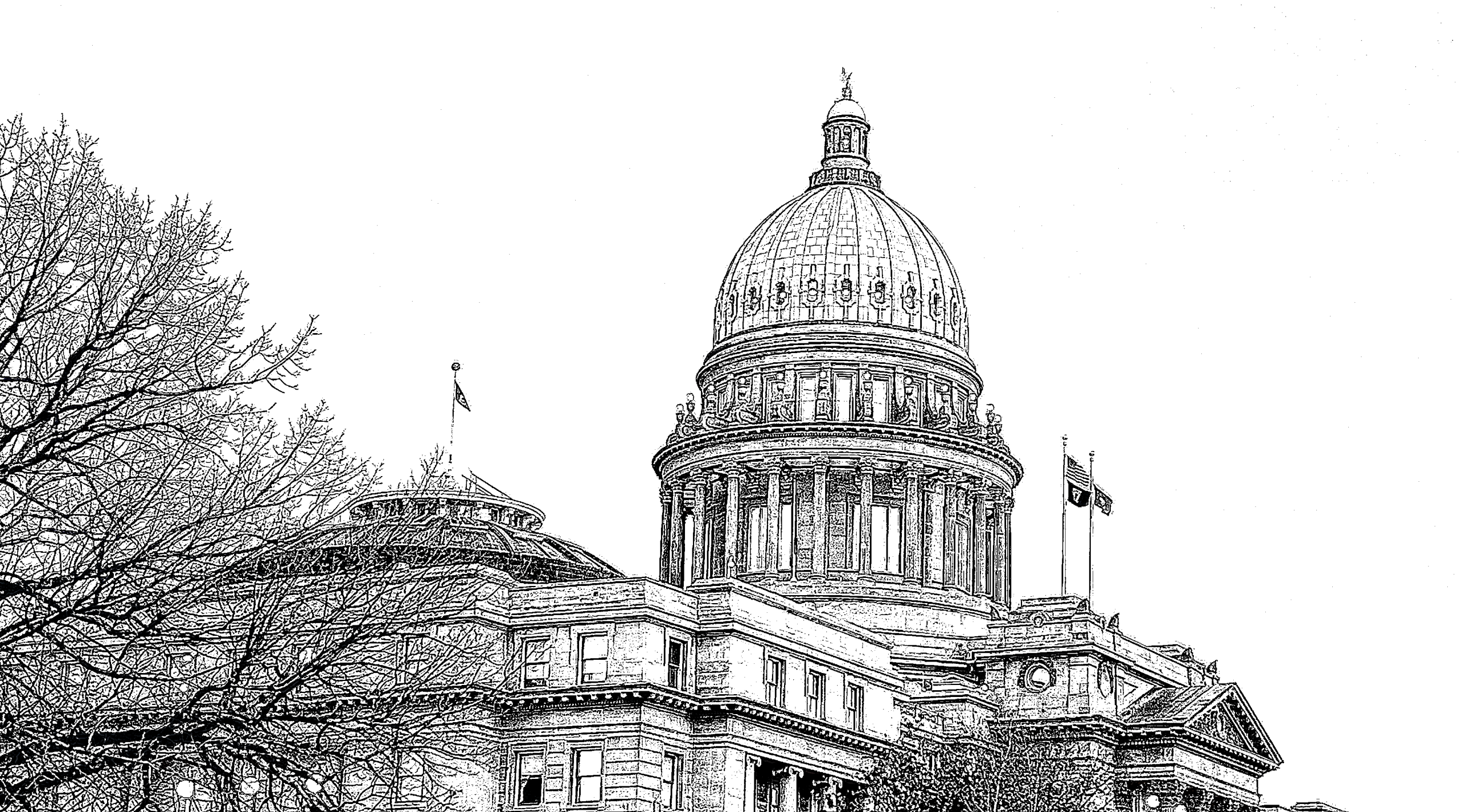Yesterday afternoon, Idaho Freedom Foundation budget guru Fred Birnbaum wrote a thoughtful response to some skepticism I expressed of the organization’s Spending Index:
The maintenance budgets were all rated neutral on our Spending Index. Since maintenance budgets combine the spending of multiple agencies into one bill, it would have been difficult to assess each one and then blend the scoring points; therefore, we opted for neutrality. For example, Senate Bill 1110, a maintenance bill for the General Government, combined the Department of Administration, Office of the Governor, and the Department of Revenue and Taxation all into one budget bill.
But there is a more salient issue. The maintenance budgets were based on last year’s ongoing spending (with some very small adjustments) plus the following: new benefit costs, pay raises, contract inflation, and agency cost allocation changes. If this sounds like a big list, keep in mind that the pay and benefit increases were over 95% of the cost bridge from last year’s (FY25) ongoing spending to this year’s (FY26) maintenance budget.
And no legislator was penalized for voting for or against these maintenance budget bills because maintenance budgets are essentially constructed for keeping the lights on and doors open in the current operations of state agencies. They totaled $12.85 billion out of a total final appropriation of $14.10 billion, meaning 91% of the budget.
This is the sort of thoughtful dialogue we need more of in conservative discourse rather than name-calling and outrage bait. In any case, Birnbaum’s point about the bifurcation of maintenance budgets from enhancements is well taken, as I neglected to differentiate between the two in my article.
Go ahead and read the whole thing and come to your own conclusions. I had a long conversation with Fred yesterday in which we discussed the problem of increasing spending, as well as ideas on what to do about it. The skepticism I expressed about the Spending Index is mainly directed at how it’s being used in social media discourse: as the end-all, be-all of evaluating a legislator’s performance, rather than one data point that can lead to deeper research.
The Spending Index captures how often a lawmaker votes against budgets that increase government expenditures. It cannot capture any potential work behind the scenes or within the Joint Finance-Appropriations Committee (JFAC) to trim proposed budgets, nor the political necessity that committee chairs or chamber leaders believe requires them to support budgets on the floor. It’s not meant to.
Nevertheless, even before Birnbaum’s article yesterday, I had already started populating legislator profiles on Idaho Insider with the Spending Index in addition to IFF’s Freedom Index, because it is a useful data point that voters find valuable.
Something that can’t go on forever won’t. As I’ve noted before, our state budget has increased nearly 55% since fiscal year 2020 and has almost doubled since fiscal year 2016. Most of that increase was driven by federal dollars during Covid, but our budget never returned to pre-crisis normalcy. Even this year’s increase of around 6% still outpaced inflation and population growth.
It’s all good right now, in a time of increasing growth and economic prosperity—but what happens when that good time comes to an end? I return to the paraphrased quote from our lieutenant governor I referenced just last week:
Nevertheless, as Lt. Gov. Scott Bedke told the crowd at the Gem County Lincoln Day Dinner earlier this year, it’s not the bad years that hurt, but the good ones. The more government spending grows during a booming economy, the harder the crash will be when the next downturn inevitably arrives.
During our conversation, Fred shared several outside-the-box ideas for how we can return sanity to our state budget. For example, Idaho sets a new budget every year, while some other states use biennial budgeting. What if we adopted a model in which the new Legislature set a budget in odd-numbered years—keeping policy bills to a minimum to focus as much as possible on finances—and then focused on policy and perhaps rulemaking in even-numbered years? Would this allow for more time and attention for our state budget?
Fred also suggested it would be helpful if the governor’s office published its proposed budget several weeks before the start of the session, giving lawmakers, think tanks, and the public more time to dig into it. It would no doubt benefit members of JFAC as well to have some lead time before officially beginning their work in January.
Another idea, which I found particularly intriguing, was to mobilize the governor’s office itself to do the legwork of cutting spending. I know, it sounds crazy: currently the governor’s annual proposed budgets tend to be the primary driver of increased spending. Some have suggested that lawmakers need more time in the Capitol, or perhaps dedicated staff to help them go through the details of each agency’s budget to find items to cut. But, as Fred reminded me, the governor’s office already does this. Now, they aren’t necessarily looking to cut spending, but there is already staff in place tasked with working with each agency to prepare a proposed budget prior to the legislative session.
What if the Legislature made it crystal clear that it will not consider any budget that increases spending above a certain percentage, such as the 1.2% red line laid down by the Gang of 8? Whatever the precise number, legislative leadership could make it clear to the governor that next year’s total budget must come in at or below a certain level, or it’s a non-starter. Fred suggested the Legislature could pass this via a resolution, leaving no doubt as to its intentions.
One thing is for sure: fiscal conservatives need a long-term, comprehensive plan to deal with the budget. I don’t believe it’s enough to simply say we’re not going to vote for budgets that are too high; we must present workable alternatives that can get through the legislative gauntlet. Remember, it doesn’t matter how great your idea is unless you can convince 36 representatives, 18 senators, and one governor to get on board.
Conservatives on JFAC should work with agencies to craft budgets that accomplish legislative mandates using less taxpayer money. When it comes to cutting budgets or eliminating entire agencies, we must write airtight legislation and prepare airtight arguments for why this is something Idaho taxpayers should no longer fund. I think we should also be digging through all the mandates at the state, county, and municipal levels that drive spending and taxation upward and see if we can’t trim those down as well.
Such a plan requires conservatives to work together, rather than against each other. Instead of pointing to scorecards as if they tell you all you need to know, let’s look ahead—to the next session, the next decade, and the next century—and figure out how to solve these vexing problems. Even if we’re on the verge of a new golden age, as President Trump has said, the good times won’t last forever. We can’t keep balancing our budget on federal money and expect the gravy train to roll on indefinitely. Let’s fix this in an Idaho way.
Gem State Chronicle is a reader-supported publication. To receive new posts and support my work, consider becoming a free or paid subscriber.
About Brian Almon
Brian Almon is the Editor of the Gem State Chronicle. He also serves as Chairman of the District 14 Republican Party and is a trustee of the Eagle Public Library Board. He lives with his wife and five children in Eagle.













